The ruins of wall masonry, primarily brickwork (opus testaceum) southwest of the Stadium are identified as the Gymnasium in the Suburb (Proasteion) mentioned by Strabo. Their proximity to the Stadium and two inscribed agonistic stelae dedicated to young athletes would argue for a fairly secure identification of these ruins the Gymnasium. A place for the athletes to exercise and prepare, the Gymnasium would have included an outdoor space with surrounding portico (the xystos), a series of rooms, a palaestra, and the requisite baths. The remains of buildings with a semicircular ground plan which may be made out at the west end of the field probably belonged to the Gymnasium’s baths.
At the site of the ruins, excavation revealed the rectangular podium (11.10 x 11.94 m.) of a mortuary building-mausoleum. Inside the podium, two brickwork chambers/chests (θήκες) were created. On the exterior, it carried a stone revetment of cornerstones in the pseudo-isodomic system (opus quadratum). In I. Papadimitriou’s 1940 excavations, many fragments of marble statues and architectural members with moldings (today lost) came to light. They included a large bifacial marble relief depicting a ship’s ram. While the place of the sculpture on the monument remains unknown, the reference to the battle of Actium is clear. Apparently the tomb belonged to some distinguished citizen of Nicopolis connected to the events at Actium either directly or through his ancestors.




